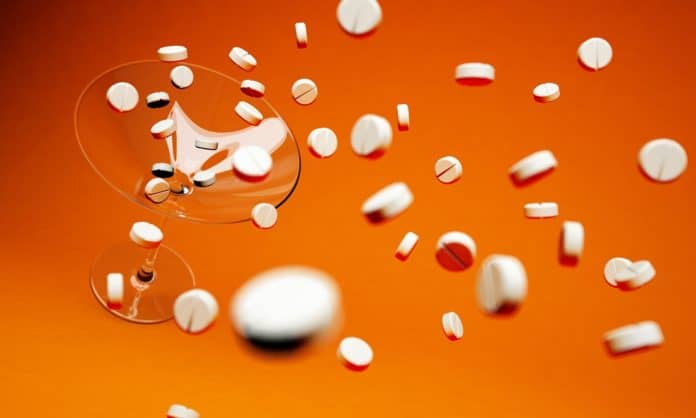- Key Notes on Revised Schedule M: Plant and equipment - August 16, 2025
- Drug Imports: New Online System for Dual Use NOC launched - August 2, 2025
- Amendment: Know About the Cosmetics (Amendment) Rules, 2025 - July 31, 2025
Last Updated on July 20, 2023 by The Health Master
Granulation
Granulation is a crucial process in the pharmaceutical industry, where it is used to form granules from powders. These granules are then used to manufacture tablets or capsules.
Two main granulation techniques used in the pharmaceutical industry are wet granulation and dry granulation.
While both methods involve the same basic principle of agglomerating particles into larger granules, there are significant differences between the two.
In this article, we will explore the differences between wet granulation and dry granulation in detail.
What is Wet Granulation?
Wet granulation is a process that involves adding a liquid binder to a powder mixture to create a wet mass.
This wet mass is then passed through a granulator to form granules. The granules are then dried, and any oversized or undersized particles are removed using a sieve.
The final granules are then compressed into tablets or filled into capsules.
The key steps involved in the wet granulation process are as follows:
- Mixing of powders
- Addition of a liquid binder to form a wet mass
- Granulation of wet mass
- Drying of granules
- Sieving of granules
- Compression of granules into tablets or filling into capsules
What is Dry Granulation?
Dry granulation, also known as pre-compression or slugging, is a process that involves compacting the powder mixture by applying pressure.
The compacted mass is then broken down into granules using a mill or a granulator. The final granules are then compressed into tablets or filled into capsules.
The key steps involved in the dry granulation process are as follows:
- Mixing of powders
- Compaction of powders into slugs
- Breaking down of slugs into granules
- Sieving of granules
- Compression of granules into tablets or filling into capsules
Key Differences between Wet Granulation and Dry Granulation
While both wet granulation and dry granulation are used for the same purpose of forming granules from powders, there are several key differences between the two processes.
These differences are listed below:
- Use of a liquid binder: Wet granulation involves the use of a liquid binder, while dry granulation does not require the use of any liquid binder.
- Particle size distribution: Wet granulation is preferred for powders with a wide particle size distribution, while dry granulation is preferred for powders with a narrow particle size distribution.
- Equipment: Wet granulation requires specialized equipment such as a high-shear granulator, while dry granulation can be performed using standard equipment such as a mill or a roller compactor.
- Moisture content: Wet granulation results in granules with a higher moisture content compared to dry granulation.
- Cost: Dry granulation is generally more cost-effective than wet granulation due to the absence of a liquid binder and the need for specialized equipment.
Conclusion
In conclusion, wet granulation and dry granulation are two important techniques used in the pharmaceutical industry to form granules from powders.
While both methods serve the same purpose, they differ significantly in terms of the process steps, equipment requirements, and cost.
Understanding these key differences is crucial in choosing the appropriate granulation technique for a particular application.
Compiled by:
Rakesh Dahiya, ASDC, FDA Haryana
Procedure to obtain License to Manufacture drugs for testing and analysis purposes
Procedure to obtain license for Commercial Testing Laboratories
Latest Notifications: Testing Laboratories
Commercial Testing Laboratories
Commercial Testing Laboratories: Procedure
Updated list of Medical Device Testing Laboratories (MDTLs)
List of Laboratory Instruments for Pharma & Cosmetics Industry
Calibration of Laboratory Instruments
How to prepare SOPs in the Pharma Industry
Difference between branded and generic medicines
Understanding DQ, IQ, PQ, and OQ in the Pharma Industry
Duties and responsibilities of QA person in Pharma Industry
Types of Tablet Coating and its Functionality in pharma industry
Dissolution test: Importance in Pharma Industry
Lux level in Industry (Pharma, Cosmetics, Homeopathy & Medical Devices)
NSQ Drug: Route cause analysis and CAPA
Area required for manufacturing of Drugs, Cosmetics, Homoeopathic & Blood Centre
BA / BE Studies: Bioavailability & Bioequivalence








